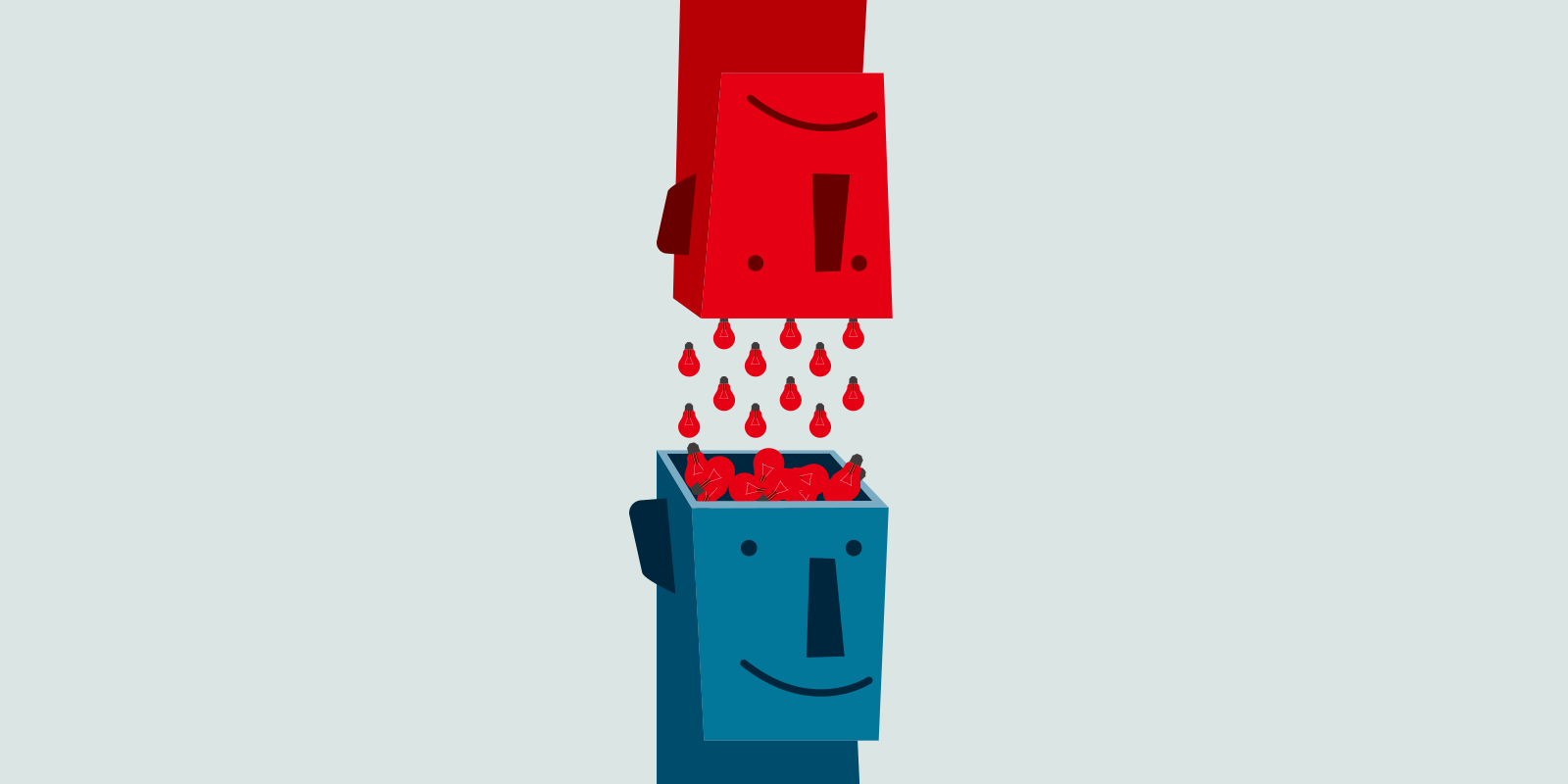Encouragement for UX Designers lost in bad process and structure.
“Bad design is seldom caused by bad designers. Most often it’s bad organizational structure.”
- Don Norman at DMI Conference
Through several years of being a UX Designer in consulting/agency and in-house teams, I can confidently say I have seen great design be shut down because of bad structure and bad process.
I have worked with very talented people and seen great design solutions being created only to have them be put away in some folder. Instead of seeing these exciting innovative products serving the world, we are left only wondering how great it would be if they were built.
And that is just sad. So I am trying to help by giving a few tips to help you kill bad process/structure for the sake of great design:
1. Make sure projects are focused on user goals, not just business goals.
"Business goals are important, but they shouldn’t dictate experience. They should seamlessly become part of it."
There is a subtle difference between making something acceptable and something desirable. Business goals are important, but they shouldn’t dictate the experience. They should seamlessly become a part of it.
There may be a need to increase sales numbers, or conversion rates. But there is a bigger need to make something better, something awesome, something wonderful for your user.
To design something incredible you need a human centered process. You need to know the user’s pain more than the business pain. Your empathy should be for the user first.
Being “user goal” oriented first does not mean you forget about the business goals. It means the business goals will be interwoven into the experience in a seamless way.
You will end up with an improved experience while achieving your business goals. There is no need to sacrifice one for the other.
2. Create a flat structure where the experience is what matters most.
"Flat structure means instead of following one person’s opinion, the team works together to craft a great product"
The best product managers I know allow others to influence their vision and direction for the product. The best engineers I know are flexible when building products. The best designers I know allow others to shape their design.
This flexible, ego-less process happens because the team shares a common goal: creating a great experience for the user. The Flat structure means that instead of always following one person’s opinion, the team works together to craft a great product with a great soul.
3. Seize every inch of what you can control.
We’ve all been there. We receive an email with product requirements. We design with those requirements in mind. Then something changes, and we go back to the drawing board. Sometimes days of thinking, creating, even testing are lost. But it doesn't have to be that way.
Sure, things change. I understand that. Things out of our control happen and we need to adapt. But a lot of the time things change because the designer, engineer or product manager did not scope well, or did not think through specific use cases or requirements. In other words, if things had been planned/scoped better, there would be no need to re-design or to change things.
4. Make sure your product, design and engineering teams are on the same page.
"Sometimes ending bad process is as simple as having teammates sitting closer to each other"
I am privileged that my team has had an active discussion on how we can optimize our process and structure so that it does not get in the way of the great design.
If you haven’t had this talk yet, it needs to happen. Get your team in a room, and get them talking. Sometimes ending bad process is as simple as having teammates sitting closer to each other, or using a different system to scope and keep track of time.
5. Have a great attitude and be a great teammate.
If you are a designer you have an awesome job. You get to design and create the future. Thousands (if not millions) of people will interact with what you are creating. So be thankful and be a great teammate.
If someone has a hard time being disciplined with the process, help them out. Create a framework, a forum, a format… create something that will make it easier for your teammates. If your engineer/product manager drops the ball, pick it up. Someone certainly picked up the ball for you when you dropped it along the way.
Hopefully this helps you to begin a discussion that will result in better design, better products and consequently a better world for all of us to live in.
This post was originally published on Diego's Medium profile.
